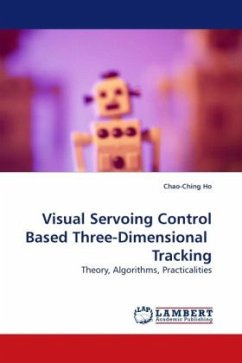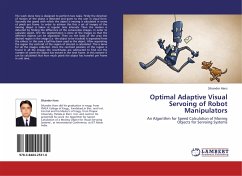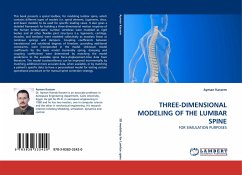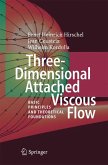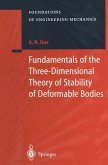Designing a real-time visual tracking system to perform control is a complex task because of a large amount of streaming video data must be transmitted and processed immediately when tracing the target. Usually, building such visual servoing systems requires the application of high-cost specialized hardware and the development of complicated visual control software. In this book, a novel real-time visual servo control system is presented. The system uses the stereo vision consisting of two calibrated cameras to acquire images of the target, and applies the continuously adaptive vision tracking algorithm to provide feedbacks of the object's real-time position at a high frame rate; and then employs a robot manipulator controlled by a fuzzy reasoning system to acquire the target. The collision avoidance method is also presented in this book for wheeled mobile robot navigation in indoors environments using feature extracting and matching algorithm. The mobile robot s direction is dynamically adjusted according to its distance from the target and obstacles. The proposed real-time 3D visual servoing framework can be applied to the unmanned vehicle, robotics control and surveillance.

